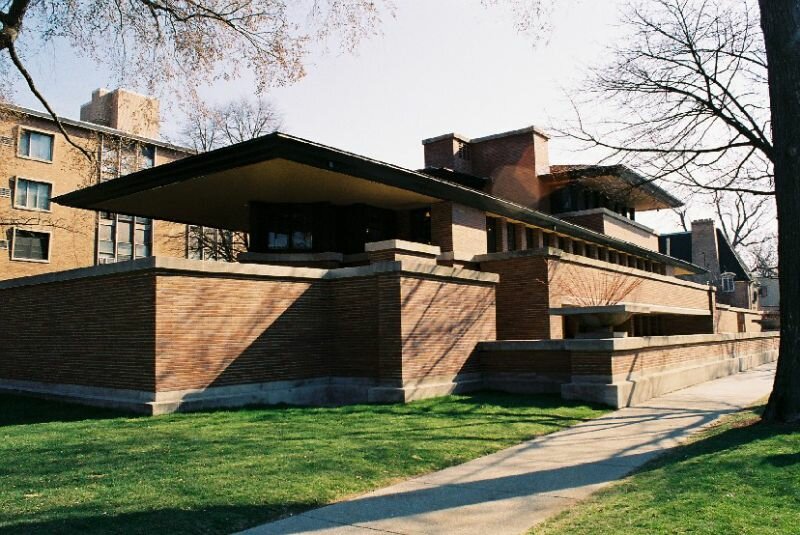Frank Lloyd Wright built the Robie House in an era where the Internet did not yet exist and travelling was still a true adventure. During an excursion through Robie House, a guide told me that after the house was finished and inhabited, Frank Lloyd would often visit to make sure that the furniture hadn’t been moved. He had designed the house, including the furniture, on the basis of his own ideals of how to optimally live in the space. Ikea’s slogan, are you just living or are you alive (woon je nog of leef je al, translated from Dutch), might very well have originated here. In light of the social relations and available knowledge of his time, F.L. showed an incredible, arguably dictatorial, commitment that surpassed the responsibility of designing a house. F.L. developed an entire concept and assumed responsibility over the lives of the inhabitants by being the director, as it were, of their domestic space.

Of course, these plans still need to be conceived of, designed, and developed, but that should be allowed in today’s polluted conditions. A better world begins tomorrow.

Frank Lloyd Wright also had grand ideas. Broadacre City, for example, was the manifestation of his vision of a society where individual happiness was found in and around the yard. Technology was subject to this form of social living. What is most fascinating about this is not the technological aspect, that’s merely development done by engineers. What is particularly admirable is the engagement with which he applied his ideas in daily life. Moving around furniture in a house where the inhabitants have long moved in, can you imagine? In my thoughts, I can see Frank Lloyd walking past Broadacre City’s vegetable garden with a hoe, a straw hat on his head, pushing a wheelbarrow before him, checking all around to make sure there aren’t any weeds growing among the potatoes, that the beanstalks are neatly lined up, and that the chickens are clucking about happily.
What does this sort of engagement entail today? Rem Koolhaas sailing over the North Sea to turn the turbines himself to face the wind, or a Winy Maas feeding pigs on the 27th floor of pig city? These images don’t quite conjure the same romantic engagement as a hundred years ago. Nowadays, all global injustice is uncovered with a click of the mouse, rendering all form of engagement implicitly insufficient. We should also check building sites for slave labour or child labour, for working conditions, the building materials for how they’re produced and their origins, the waste, the air quality, the food, the money flow etc. It’s an impossible task that the current management society would rather “outsource” to external experts. As a result, even our responsibilities have become commodities. In order to reach a new Utopia, the architect must, as an independent thinker, free himself from the prison that he has locked himself in as a consumer.
